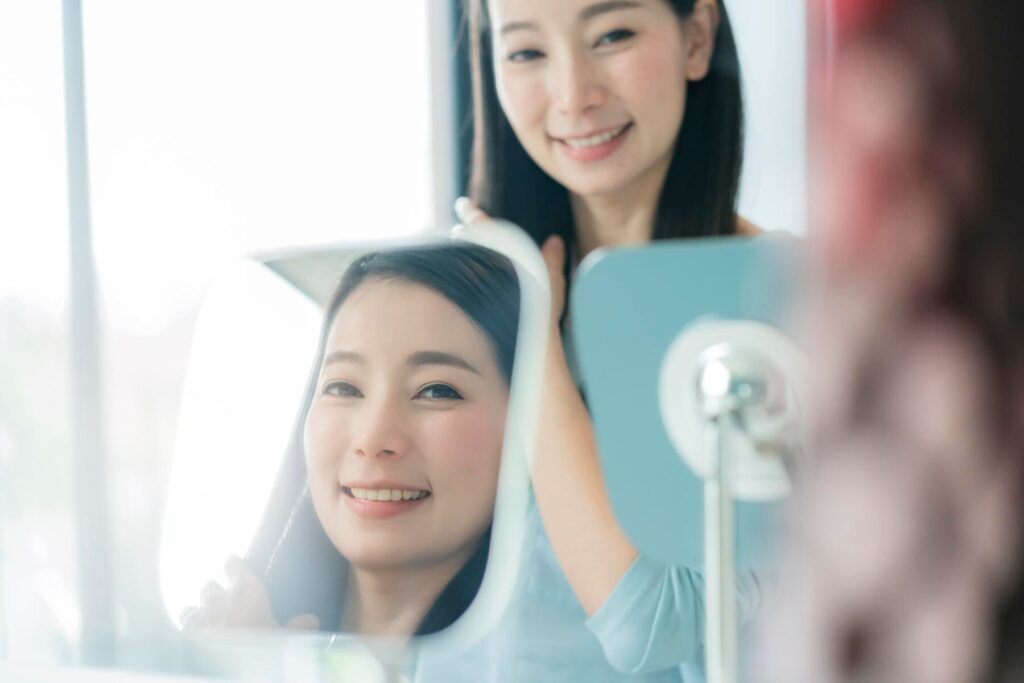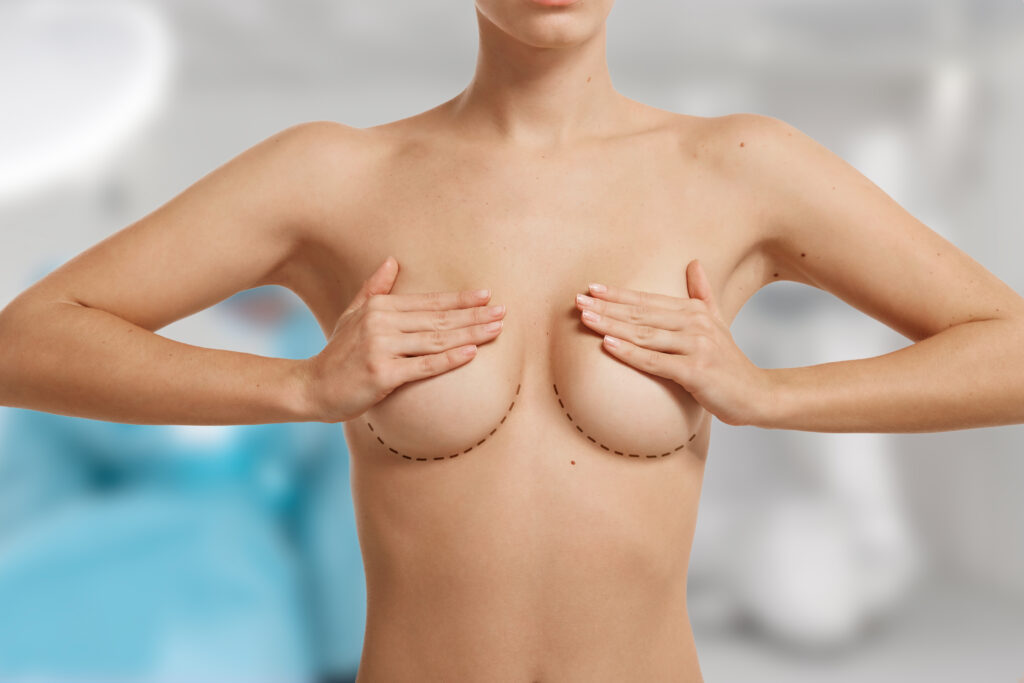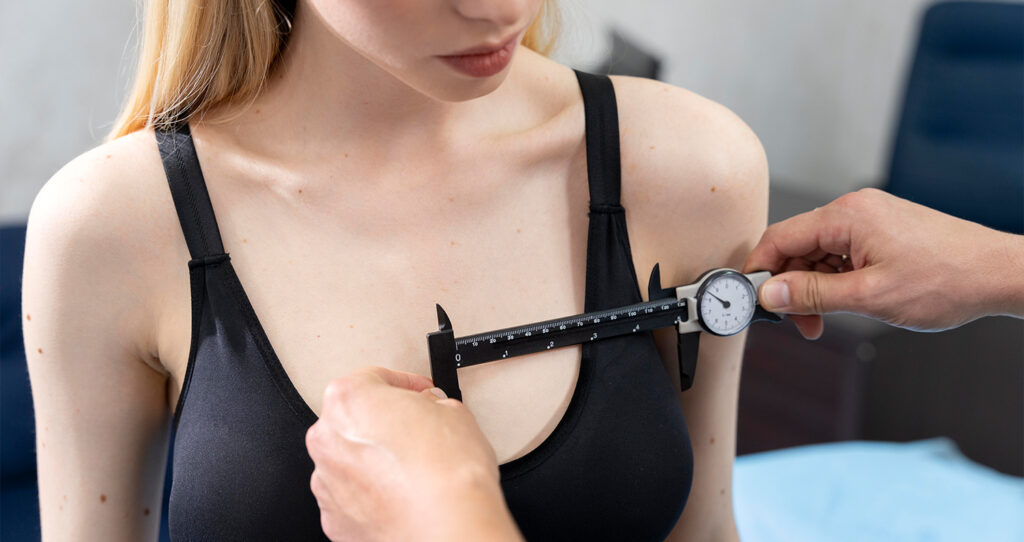Double eyelid blepharoplasty is one of the most popular cosmetic surgery requests in the world. The procedure, which appears simple, holds a rich historical background, and the social implications of the changed appearance often spark heated debates. Our goal is to help you learn the intricacies of double eyelid blepharoplasty and understand whether such a surgery works well for you.
We’ll start by clarifying what are single and double eyelids and then explore the pros, cons, and types of eyelid surgery. Also, we reached out to Dr. Alejandro Avila, a board-certified plastic surgeon operating in Munich, Germany, to provide you with valuable insights about the operation, from risks and popular misconceptions to aftercare procedures and cost considerations. Double eyelid blepharoplasty can be a way to brighten your look, so stay with us if you want to know more!
What Is Double Eyelid Blepharoplasty?
Double eyelid blepharoplasty, also known as Asian blepharoplasty, is a surgical procedure performed to create a visible crease in the upper eyelid for patients who do not naturally have one. The first important note we’ll make is that double eyelid surgery is not the same as upper blepharoplasty and not upper and lower blepharoplasty performed together.
Unlike other types of blepharoplasty, it is predominantly aesthetic surgery, although it can be combined with other medical procedures, like ptosisPtosis is a condition when the eyelid droops over the eye. operation. To understand the cosmetic changes double eyelid surgery causes, let’s compare single and double eyelids.
A Bit of Anatomy: Single and Double Eyelids
So, what do we mean when we write about the differences between single and double eyelids? The upper eyelid can have many shapes, but one of its most noticeable characteristics is the presence of a visible crease or fold. If the crease is practically invisible, it is called a single eyelid or monolid. And if there is a distinct fold—it is called a double eyelid.
The difference is the anatomy—individuals with single eyelids have a muscle responsible for raising the eyelid placed slightly lower than people with double eyelids. Eyelids with distinct creases are traditionally viewed as a characteristic of Western appearance. You can see the contrast in the image below.
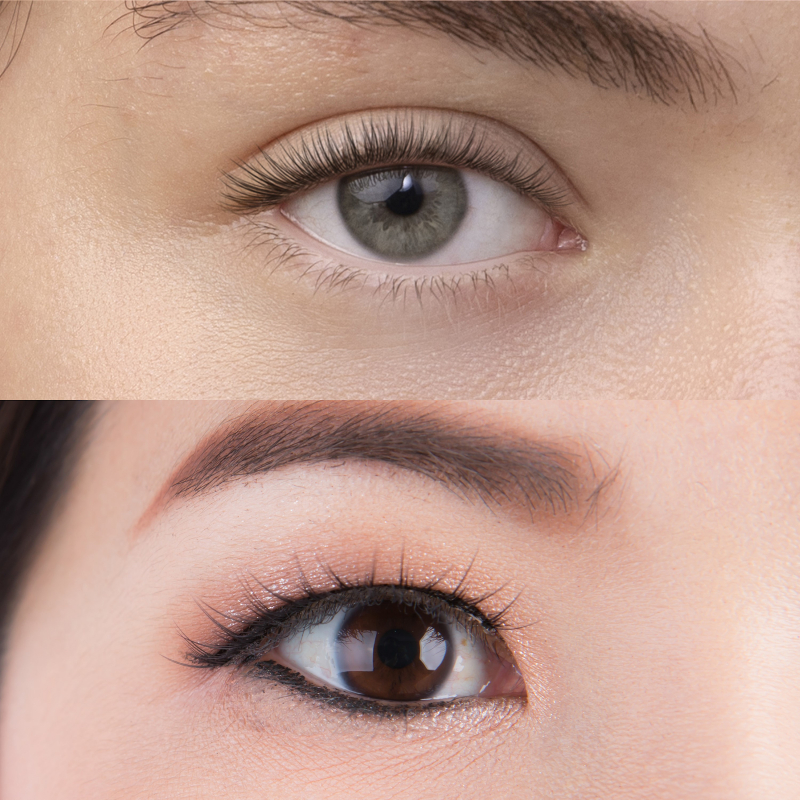
The photo on the top shows a double eyelid, while the one at the bottom is a monolid—no crease is visible. But why do many people choose to get surgery to change the way their eyelid looks?
Why Do People Choose Eyelid Surgery?
Double eyelid blepharoplasty has a long history, as the first recorded operation was conducted in Japan as early as 1896[1]. That period was the beginning of Japanese Westernization when local beauty standards started to evolve under foreign influence. Some of the perceived benefits of double eyelid blepharoplasty have mostly stayed the same since that time.
Benefits
- Aesthetic improvement
The main reason why people opt for double eyelid surgery is cosmetic enhancement. Of course, choosing between single and double eyelids is very subjective, but the popularity of such eyelid operations suggests that a huge number of people find double eyelids more attractive.
- Less tired, more alert look
Sometimes, patients feel like the single eyelids cause them to look tired. In this case, double eyelid blepharoplasty can make the eyes look more open and expressive. Such an improvement will also serve as a confidence booster, which will positively impact many aspects of daily life.
- Correction after a medical surgery
While double eyelid surgery is usually not considered a medical procedure, it can complement other medical surgeries to restore patients’ confidence in their appearance after a medical operation. Double eyelid blepharoplasty can help to deal with cosmetic issues caused by eyelid asymmetries.
One such example is getting double eyelid surgery after ptosisPtosis is a condition when the eyelid droops over the eye. surgery to ensure the adequate aesthetic outcome of the treatment.

Downsides
- Cultural and ethical considerations
There is an ongoing debate about how ethically appropriate the surgery is. Many argue that undergoing such an operation perpetuates subjective and often unrealistic beauty standards. It is also why some surgeons don’t feel comfortable performing similar procedures. Dr. Alejandro Avila expressed his view on this issue:
“I would always prefer to operate a patient to enhance their natural beauty, but not to redefine their race or create new, unrecognizable look.”
- Surgical risks
Like every other surgical procedure, double eyelid blepharoplasty brings several inherent risks, including infections, bleeding, or bruises. We’ll take a closer look at those in the expert insights section. It must be said, however, that compared to other operations, modern blepharoplasty is a low-risk and invasiveness procedure.
- Risk of not getting the desired outcome
Having unrealistic expectations can cause lots of disappointment after the operation. A part of the surgeon’s job is to analyze the facial features and help the patient visualize the outcome. Underestimating the importance of this step can create a need for further correction surgery, which is, of course, less than ideal.
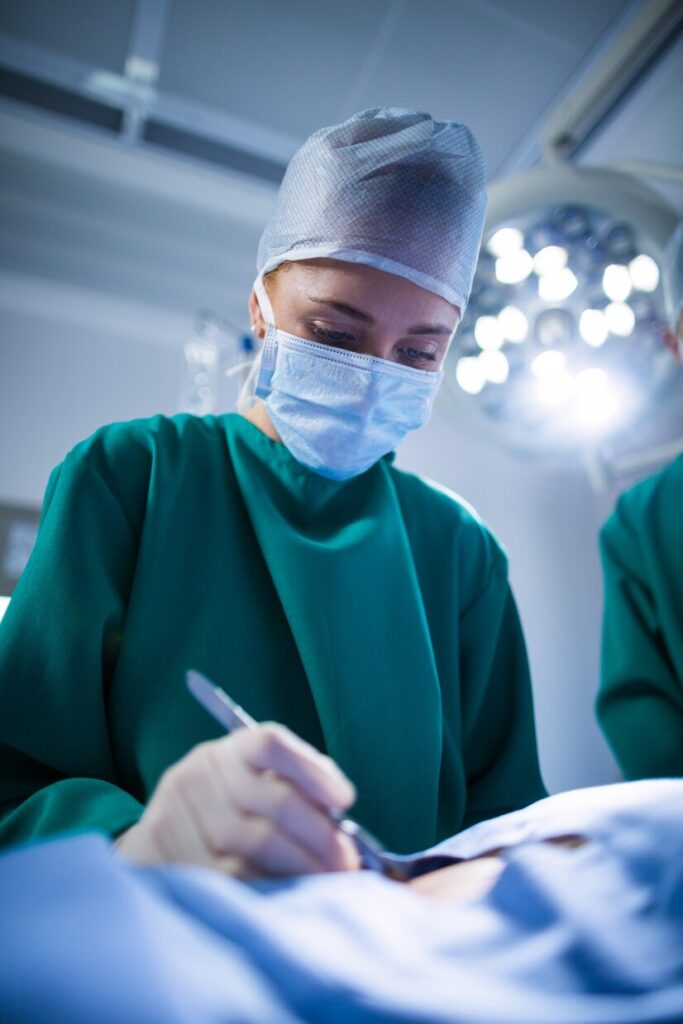
Double Eyelid Blepharoplasty Techniques in Detail
Before we discuss the risks and popular misconceptions, let’s explore the surgical techniques a doctor can use to brighten your look. Generally, the eyelid surgery approaches can be divided into two categories: incisional and non-incisional.
- The incisional approach means that the doctor will make an external incision to remove excess skin and fat and relocate the underlying tissues[2]. This procedure is slightly more invasive and risky, however, the surgeon gets much more freedom in customizing the eyelid crease—it is possible to adjust the height, shape, and depth. The results achieved by this approach also last much longer (often, they are permanent). Healing after incisional surgery takes more time, and the patient has to consider the length of the recovery period. Some might need to get back to working conditions faster, and the non-incisional technique might be a better choice for them.
- A non-incisional approach uses medical sutures to adjust the eyelid crease. It has several advantages compared to the incisional technique, including the most attractive aspect—the absence of a scar. The operation and recovery periods are also shorter, which is a big plus. But on the downside, this type of surgery has a somewhat higher failure rate—the suture material is much less reliable, and it is harder for the surgeon to create symmetric creases. It is possible to revise such a surgery, but it will consume more time and money.
It is essential to express your preferences and concerns to a doctor, as it will help them choose the more suitable approach and personalize the treatment process. And now, let’s explore the insights we’ve collected from the interview with Dr. Alejandro Avila.
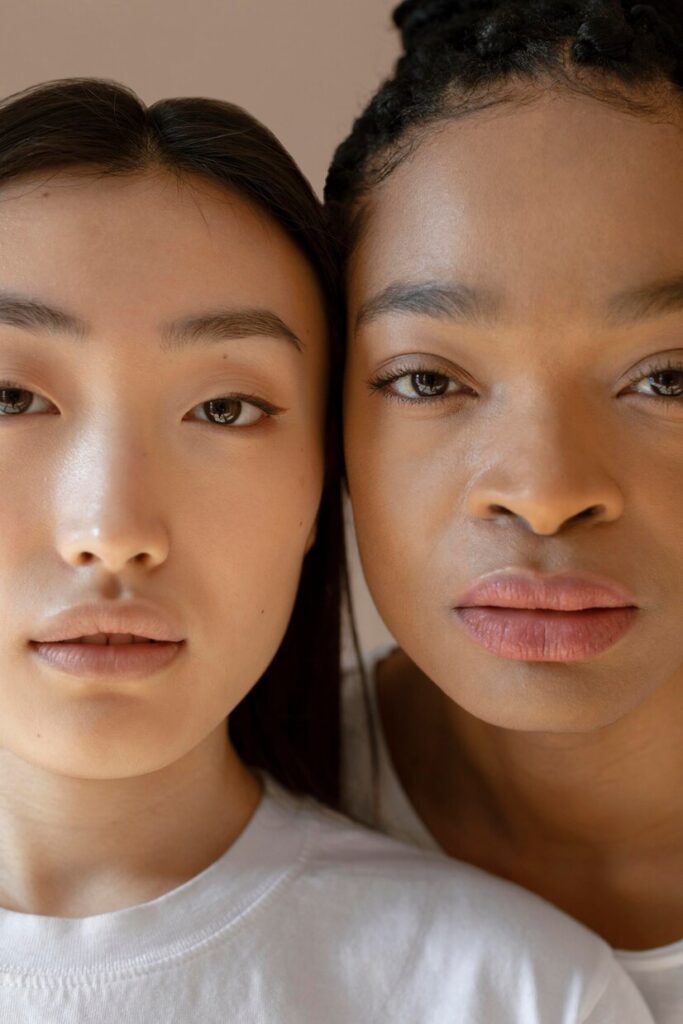
Expert Insights: Risks, Myths, and Cost-Breakdown
Surgical Risks
While double eyelid operation is considered safe, every surgery carries several inherent risks.
🩸 Intense bleeding
Too much bleeding can create significant complications for any eyelid surgery. To mitigate this risk, your doctor will evaluate your medical history and adjust the surgical approach to your needs. In Dr. Avila’s words:
“When you damage the tissue, it will be bleeding and cause swelling and discoloration of your skin. A small hematoma will be blue, then green, then yellow, and then it’s gone. Usually, it is not a big problem, but an urgent reoperation is needed if a hematoma gets too big, and you can’t open your eye anymore.”
🥲 Dry eye symptoms
In some cases, blepharoplasty might worsen or cause a medical condition called “dry eye.” It means that the surgery has negatively affected the ability of an eye to produce tears. This condition can cause lots of discomfort and affect vision. Usually, such symptoms go away on their own during the recovery, but if they persist, the surgeon might need to intervene.
😔 Drooping eyelid
The surgeon must be very precise with their approach to avoid damaging sensitive elements, like levator muscle. If this muscle can’t perform its function, it gets harder to open the eye and causes the appearance of drooping eyelids (also known as ptosis).
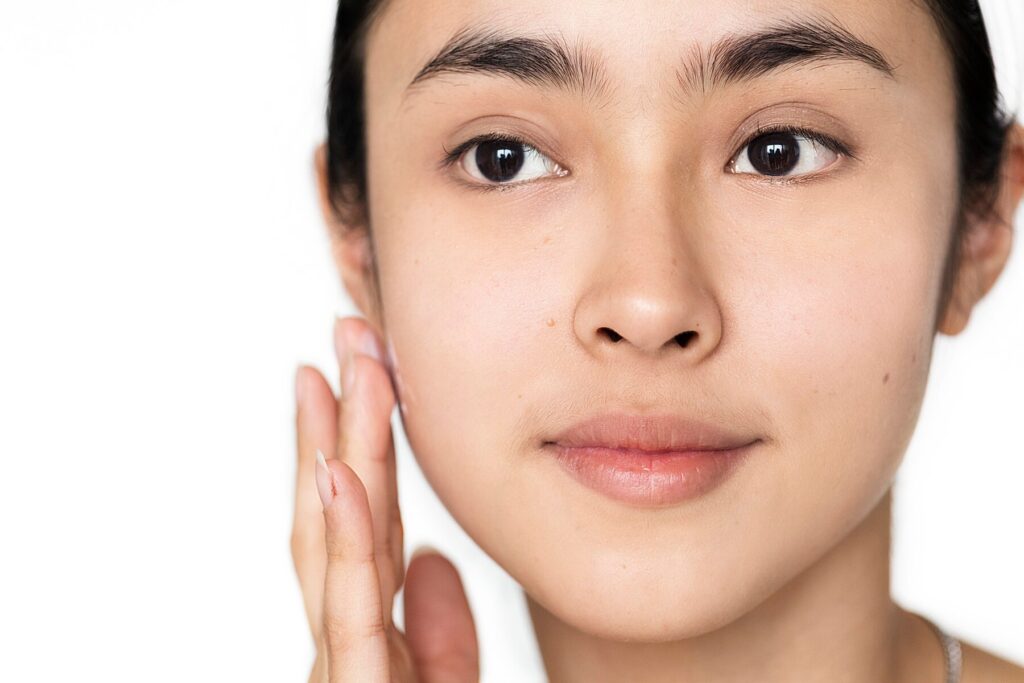
Popular Misconceptions
🙃 Standardized appearance
In reality, the surgery is highly customizable, and the height, shape, and depth of the crease can be adjusted to suit each patient’s unique facial features and aesthetic preferences.
👀 An attempt to Westernize the appearance
While Westernization has played a very significant role in the development of Asian blepharoplasty, it is not the only reason why people choose to get eyelid surgery. Many people consider a single eyelid to be less expressive, causing them to look tired. Other reasons include dealing with eyelid asymmetry or the need to improve the results of medical surgery.
👫 It is a female surgery only
The surgery is indeed more prevalent among women[3], but it doesn’t mean that men can’t get a double eyelid blepharoplasty. Male patients experience the same issues caused by excess skin or fat, as well as have similar aesthetic preferences. You can find a couple of famous examples in a section about celebrities.
Price Considerations
It is important to understand that such operations are safe because the surgeons receive high-quality training. The eyelid surgery itself isn’t simple and requires lots of precision and preparation. The final cost will depend on your location and personal needs, but you should expect it to go above $4,000.
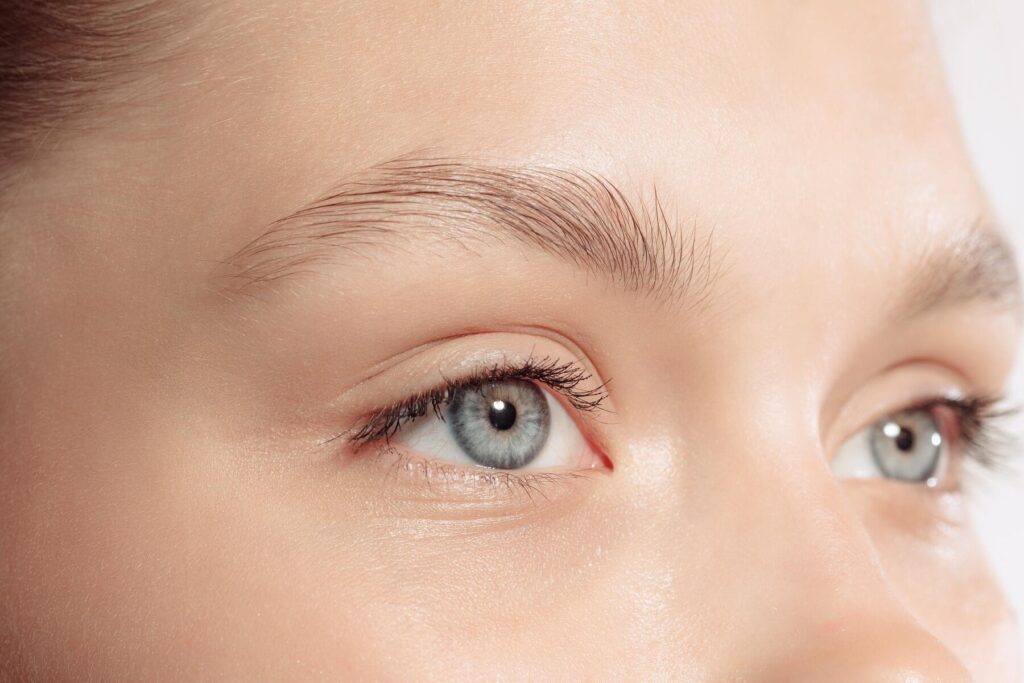
How To Prepare for and Recover From the Operation
The preoperative period and aftercare do not differ significantly from upper or lower blepharoplasty procedures. Surgeons may have minimal differences in their protocols, but the core requirements are consistent.
Before getting double eyelid surgery, the patient needs to conduct a thorough medical evaluation. A doctor will guide a patient through all the assessments, and you should never hesitate to ask questions like “Why do I need to get this evaluation done?” It is also important to stop using medications like aspirin or ibuprofen because they might intensify bleeding.
Another point Dr. Avila puts lots of emphasis on is smoking. “Smoking is a big no. It is better to quit 4 or even 6 weeks before the operation and don’t start smoking again at least 4 weeks after. It’s because smoking is a big risk factor for wound healing problems. And when you have a wound healing problem, you can get an infection as well,” says the expert.
The aftercare procedure for double eyelid blepharoplasty consists of three essential aspects: consistent cooling, taking antibiotics (to mitigate the infection risk), and proper rest. The recovery period for double eyelid surgery is shorter than for lower blepharoplasty, but you should still expect to take at least 5 days off work. During this initial phase, a patient has to apply cool every 20 minutes and sleep in an elevated position (about 30 degrees).
Celebrities With Double Eyelid Surgery
Finally, let’s take a look at a couple of examples of celebrities who had double eyelid surgery.
Jackie Chan
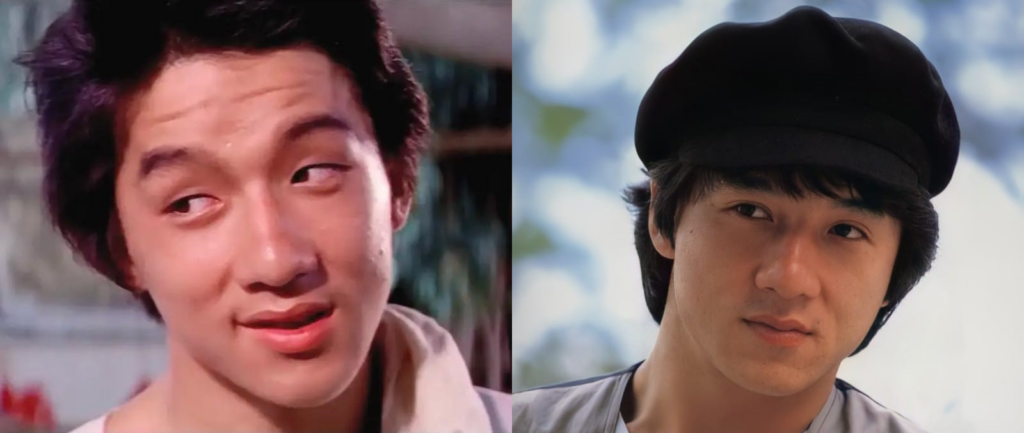
The absolute legend of martial arts movies, Jackie Chan is one of the most well-known examples of really successful double eyelid surgery. At the age of 22, he had a subtle eyelid operation which gave him a sharper gaze (as you can see on the right photo).
Kryz Ui

A popular blogger and influencer from the Philippines has had two plastic surgeries. She did not feel confident in her appearance with her natural monolid and decided to get a double eyelid blepharoplasty. The first surgery did not go too well (top photo), but after the second, corrective one, she looks absolutely great. She shared her story in her YouTube blog.
Uee
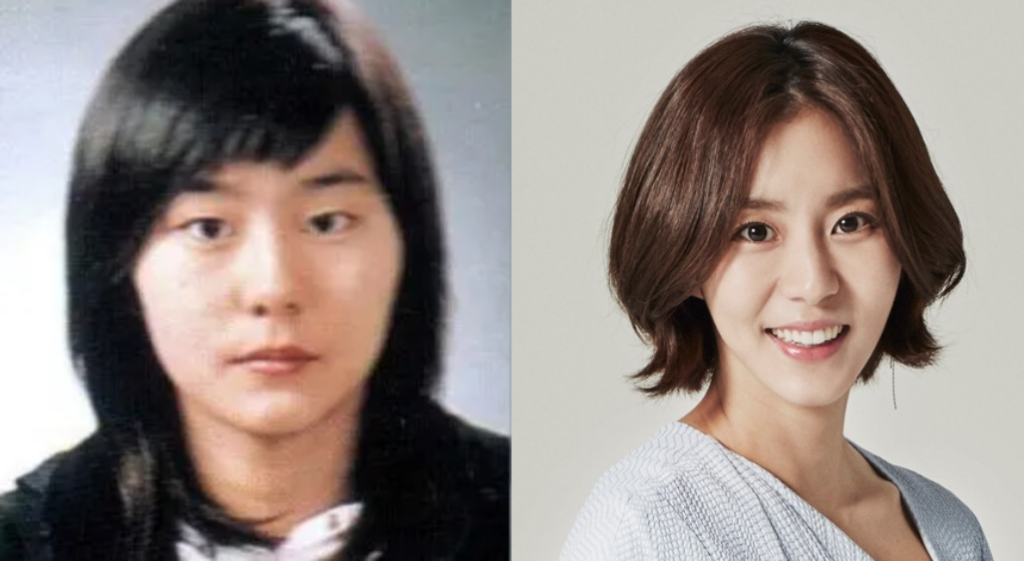
A South Korean singer and a former member of the “After School” had her appearance changed dramatically thanks to a double eyelid surgery.
V of BTS
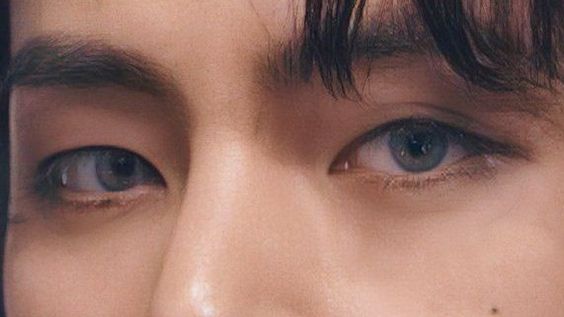
This one comes as a bonus because Kim Tae-hyung didn’t have eyelid surgery. The asymmetry of his upper eyelids gives him a truly unique and stunning look. No wonder his fans don’t want him to do surgery!
Summary
Double eyelid blepharoplasty is a surgery that can have a very significant impact on your appearance. Knowing the important and, sometimes, unobvious details we collected in this article can help you figure out whether you are a good candidate for the operation.
The first thing we discussed is what are double eyelids, and why so many people want to have them. Understanding the surgical approaches the doctors use helps you better assess the risks of such operations. We also covered the insights from a renowned plastic surgeon, Dr. Alejandro Avila, about popular misconceptions and cost considerations. And finally, you saw the results of double eyelid blepharoplasty in the section about the celebrities who had the eyelid surgery.
We hope this article was insightful and helped you make an educated decision about whether you should opt for this surgery!
FAQ
💰 How Much Does Eyelid Surgery Cost?
The price usually goes above $4,000. Double eyelid blepharoplasty requires lots of precision, so the cost is rather high. The quote you receive from a doctor will depend on your location and unique personal situation.
🎲 What Is the Risk of Eyelid Surgery?
Double eyelid surgery is considered to be rather safe. However, there are still some risks that include intense bleeding, dry eye conditions, and drooping eyelids. Luckily, it is possible to mitigate those by conducting proper evaluation prior to surgery.
😴 How Many Days Rest After Eyelid Surgery?
You should expect to be off work for at least 5 days because you’ll need lots of time to constantly apply cool to the eyelid and avoid intense physical activity to ensure effective aftercare.
👀 How Does the Eye Look After Eyelid Surgery?
Initially, the eye will be swollen and bruised, but gradually the look will normalize. We collected several examples of the improved appearance of famous people who had this surgery.
References
- [1] Fakhro, A., Yim, H. W., Kim, Y. K., & Nguyen, A. H. (2015, August). The evolution of looks and expectations of Asian eyelid and eye appearance. In Seminars in plastic surgery (Vol. 29, No. 03, pp. 135-144). Thieme Medical Publishers.
- [2] Nguyen, M. Q., Hsu, P. W., & Dinh, T. A. (2009, August). Asian blepharoplasty. In Seminars in plastic surgery (Vol. 23, No. 03, pp. 185-197). © Thieme Medical Publishers.
- [3] Chen W. P. D. (2019). Techniques, Principles and Benchmarks in Asian Blepharoplasty. Plastic and reconstructive surgery. Global open, 7(5), e2271.

